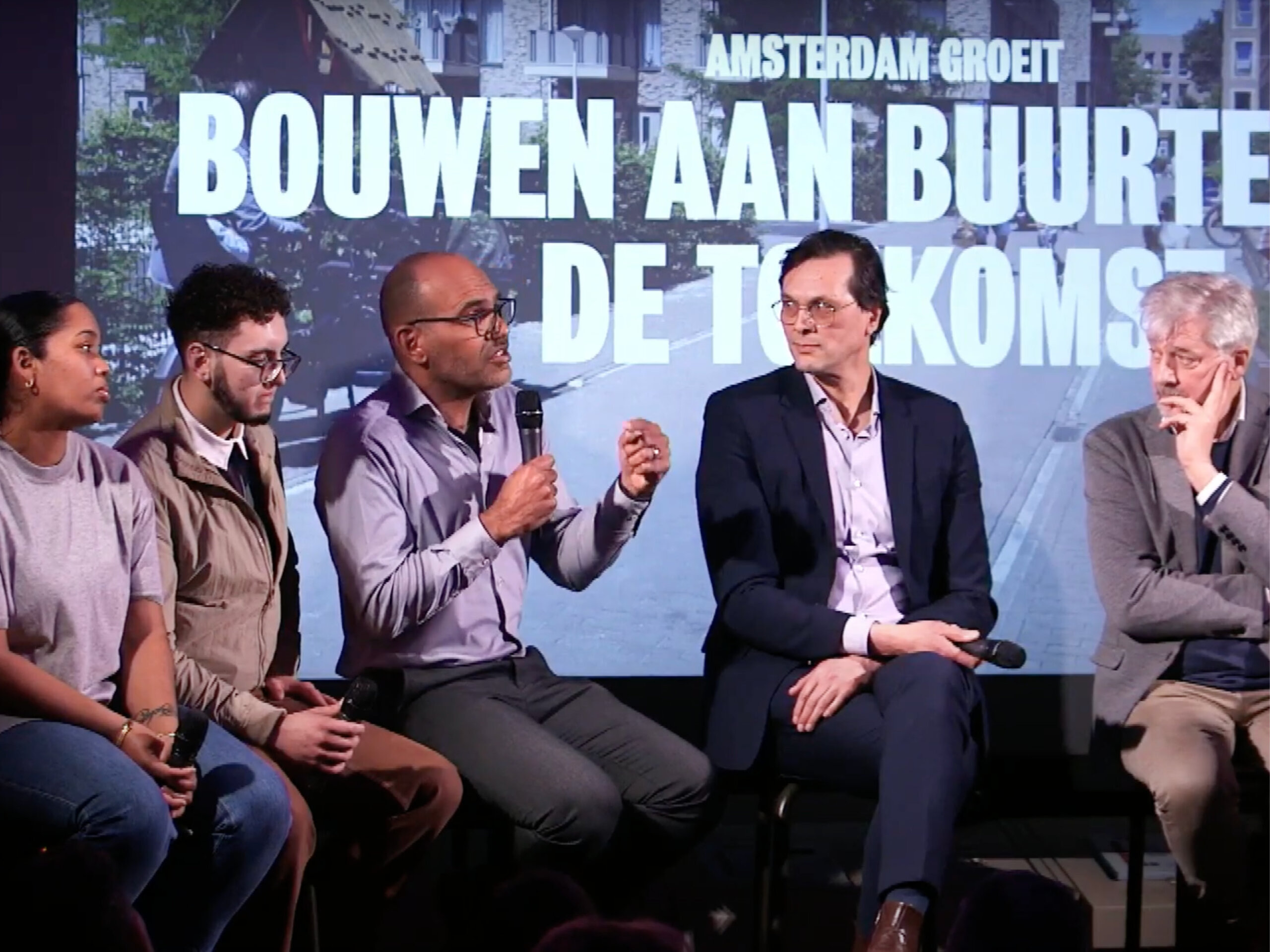
Development Strategy Amsterdam 2035
On February 15, Amsterdam’s development strategy for 2035 was presented in Pakhuis de Zwijger. Lyongo was on the advisory panel while the strategy was being created. He was also present at this evening.
A core aspect of the strategy is the high degree of participation in the development process. Amsterdam residents from different neighborhoods were asked about their vision of the future of the city. The emphasis was on what people consider important for a liveable city: conviviality, greenery, quality, accessibility and affordability. The panel’s advice focuses more on equal opportunities, the development of neighborhoods, and the preservation of the social and cultural identity of diverse communities within the city.
Lyongo’s view on the strategy
In the program of February 15, Lyongo has some critical notes on the strategy. “It is not clearly stated what characterizes a neighborhood or what is needed in a specific area of the city. If you’re working on the built environment, you do not immediately know what the identity of a neighborhood is. For example, there is a shortage of prayer rooms in the city districts Zuidoost and Nieuw-West. While we usually think that there is no longer a need for these types of buildings because a lot of them are vacant. Also look at new neighborhoods, such as Weesp. That is a different part of Zuidoost than the Bijlmer. You have to recognize that too. So it’s really important that you know what the identity is of an area. What would have made this strategy stronger was to tell it like it is. Just say that 52% of residents in Nieuw-West have a non-Western migration background and they might need different things than other residents. But you have to name it before you can do something about it.”
Notwithstanding his critical remarks Lyongo believes that this development strategy is a step towards a more inclusive build environment. Watch the event of 15 February here. Lyongo’s part is around 45:30 min.
About the strategy
The new development strategy includes several key elements. The idea of ‘multi-nucleus’ is central, whereby there will be multiple city centers in Amsterdam. In addition, the focus is on densification in the neighborhoods of ‘station quarters’ such as at the Amstel station and in Zuidoost. This means you don’t have to build in green areas, where there are no such mobility networks, for example. It is possible to submit a response about the concept ‘Amsterdam: Building neighborhoods of the future’ (Development Strategy 2035) until March 20. Give your input for the future of Amsterdam here.

